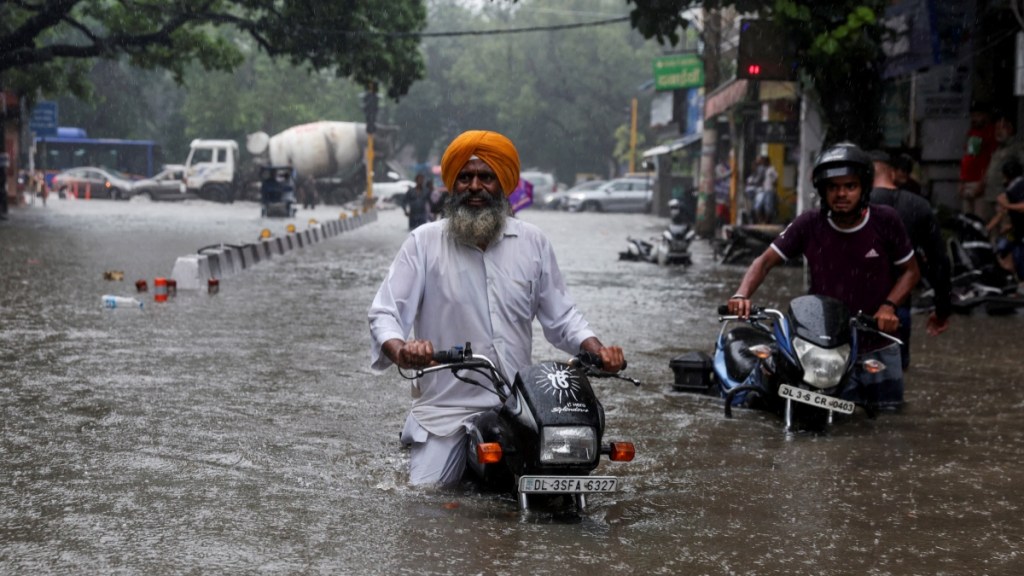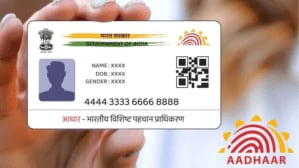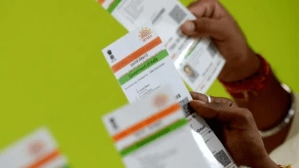As the entire North India suffers through erratic patterns of weather, it is worrisome to understand what is to come next. Even when the weather suggests we stay indoors, work must go on, and it requires us to step out in the unpredictability. So, it is quite necessary to have some sort of mechanism that can give us a “heads-up” and allow us some time to reach a safer place. In the age of technology, getting weather alerts has never been easier, and this permits us to take necessary precautions as we combat the weather.
Also Read: Twitter blocks links to Threads, CEO says does not want you to be “hanging by a Thread”
iPhone users
The built-in weather app on Apple’s iPhone has the option to select “Severe Weather Notifications,” which include flood alerts. The app will automatically deliver notifications about bad weather in your area if you enable this function. To enable severe weather warnings on your iPhone, follow these steps:
- Open the Weather App on the home screen.
- On the Weather app screen, tap the List icon in the lower-right corner. Then, you’ll see additional options.
- Find and press the “Notifications” option under the settings menu. Turn the switch adjacent to “Severe Weather” to the “On” position after that. This makes it possible to receive alerts for dangerous weather, such as floods.
- The place you want to receive severe weather notifications is up to you.
- The “Alert Tone” and “Vibration” choices let you further tailor the alerts you get. This enables you to customise the sound or vibration pattern for warnings about severe weather.
Once you’ve finished these steps, your iPhone’s Weather app will automatically show flood alerts and other inclement weather messages both inside the app and on the lock screen. To ensure that the notifications are visible, please make sure that you have added the Weather widget to your lock screen.
Android users
Despite the fact that the majority of Android phone makers offer their own weather apps, they might not always have a built-in weather warning feature. The ‘Weather App’ on the Google Play Store, on the other hand, offers thorough weather updates with alerts. Here’s how to configure your Android device to get flood alerts and warnings:
- Open the settings on your Android phone.
- In the Settings menu, select “Notifications” by scrolling down.
- To access further settings choices, you might need to tap on “Advanced” or “More,” depending on your Android smartphone.
- Locate and tap on “Emergency Alerts”, “Weather Alerts,” or a comparable option to emergency notifications inside the advanced options.
- The alert settings on some Android smartphones can be modified. Search for choices like “Alert Sound,” “Vibration,” or “Emergency Tone” to customise your severe weather alerts.
Google Alerts
If you are using Google Maps, it has a feature called “crisis-related alerts.” If there is any active alert in your area or the area you are searching, you will find an alert with “updates and safety information.” The active crises include floods, earthquakes, and wildfires.
Also Read: WhatsApp’s Link with phone number feature is live, here’s how to use it
These alerts show up when one searches for an area or navigates routes that are impacted by a crisis. When an alert is received, the user can tap on the crisis icon or alert card to expand the crisis sheet. The sheet includes further information in regards to any new updates and news articles in relation to the crisis.
This alert helps people avoid areas and routes that are impacted by the crisis.
Follow FE Tech Bytes on Twitter, Instagram, LinkedIn, Facebook









